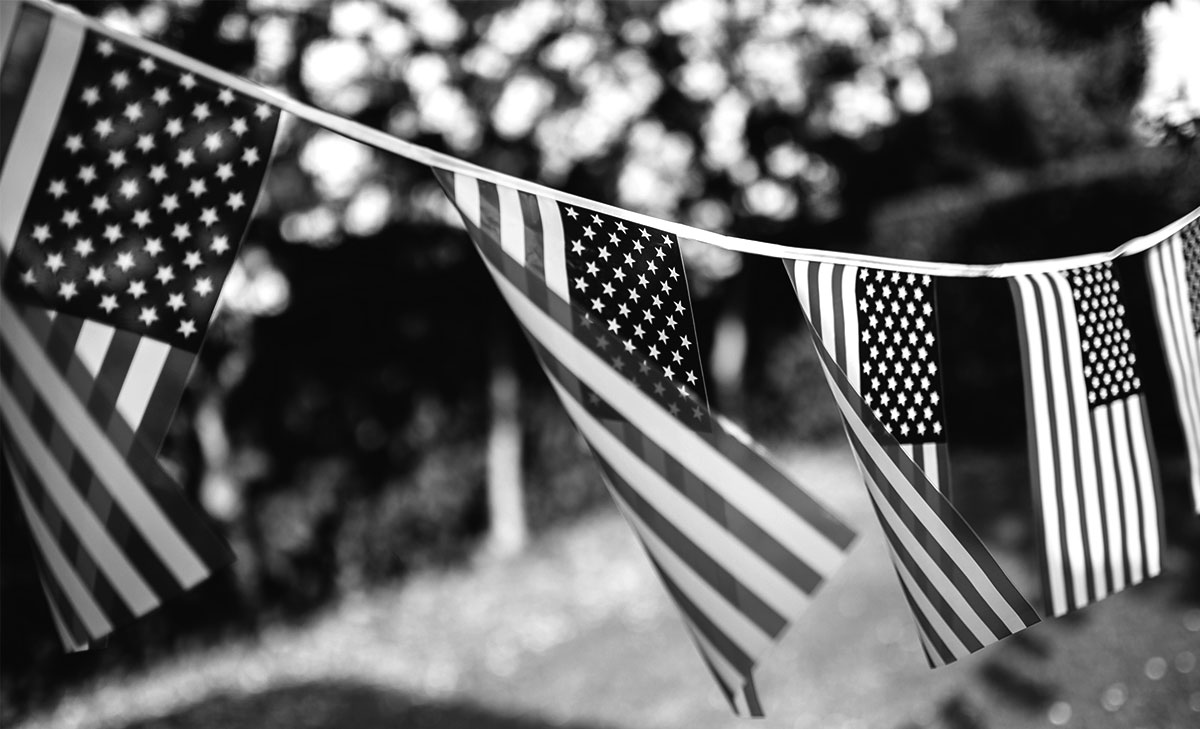Fourth of July – Independence Day – has been an important American holiday since 1776. On July 4, 1776, delegates from the 13 colonies adopted the Declaration of Independence, which had been voted on by members of the Continental Congress two days earlier, on July 2nd. The first public readings of the Declaration of Independence were accompanied by concerts, bonfires, parades, and the firing of muskets. Philadelphia held the first annual commemoration of independence of July 4, 1777. Fireworks were used in the celebration – a tradition that continues today. In 1778, George Washington issued double rations of rum to his soldiers to celebrate the Fourth of July. In 1781, Massachusetts became the first state to make July 4th an official state holiday. In 1870, the U. S. Congress made July 4th an official federal holiday, and in 1941, a provision was made to grant all federal employees a paid holiday on July 4th. Today, the Fourth of July is celebrated nationwide with family barbecues, fireworks, and parades. Boston and New York are well-known for their impressive firework displays while historic New England towns like Bristol, Rhode Island and Sturbridge, Massachusetts host elaborate celebrations as part of their Fourth of July celebrations – in fact, Bristol’s is the oldest continuous Fourth of July parade in the country!

Your go-to guide for weird history facts
Subscribe to the FREE daily email that makes learning about history fun.


